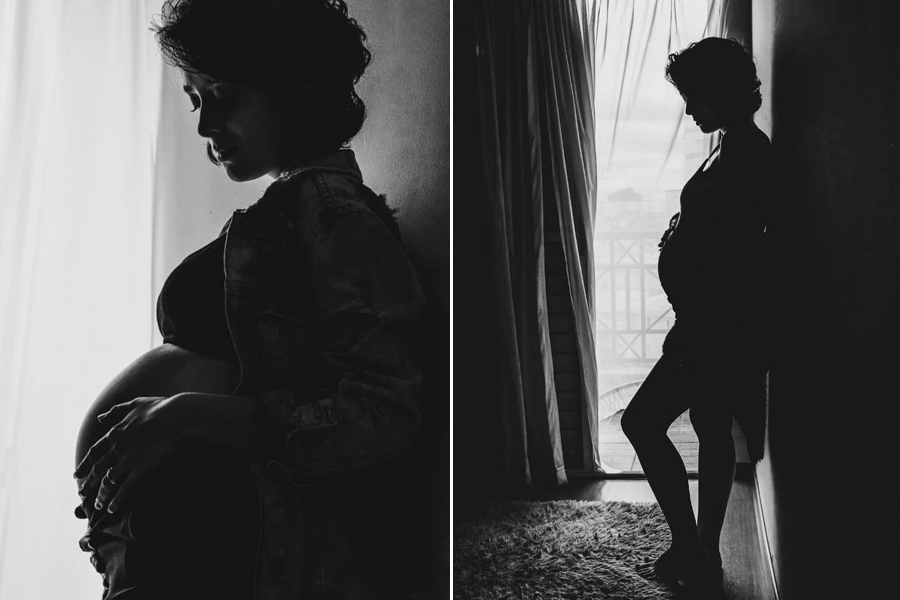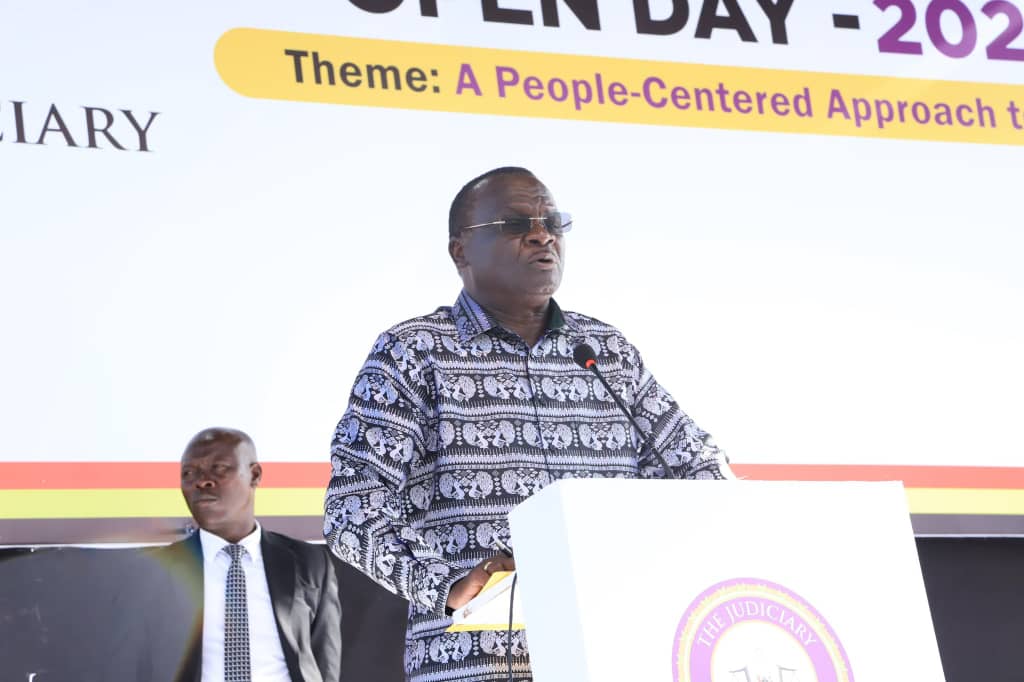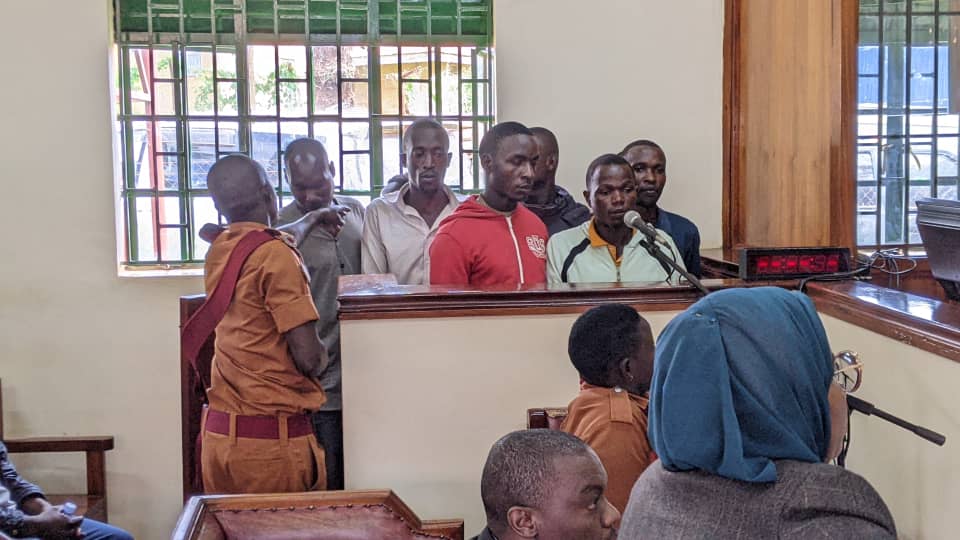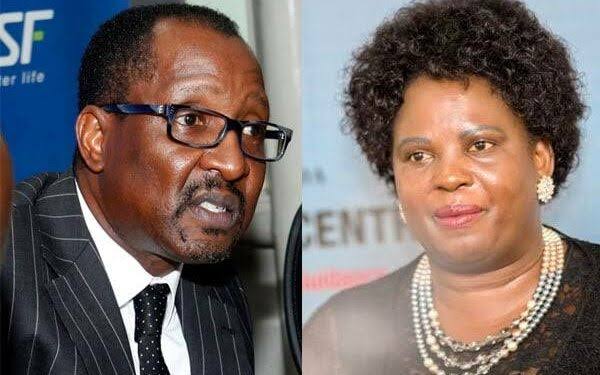How NRM government used African system for women empowerment
As we are preparing to mark International Women’s Day this Sunday 08th, 2020, we should put in mind that achieving gender equality is not an event but a process.
There is also a thinking that gender equality has been taught to Africans by the West and that Africa traditions and customs had nothing to do with equality of man and woman. That is a Eurocentric, racist stereotype view.
In the African tradition, we see the role of the legendary Queen of Sheba in state formation of the ancient kingdom of Axum now Ethiopia. It is well elaborated in the Holy Bible and Holy Qur’an. We are all proud of Ethiopia which has never been colonized other than brief occupation by Italian forces between 1933 and 1942. No wonder the present President of Ethiopia Sahle-Work Zewde is a woman.
Keep Reading
Queen Nzingha (1583-1663) was a 17th-century queen of the Ndongo and Matamba Kingdoms of the Mbundu people in what is known as Angola today. Born into the ruling family of Ndongo, Nzinga demonstrated an aptitude for defusing political crises in her capacity as ambassador to the Portuguese and later assumed power over the kingdoms after the death of her brother. She ruled during a period of rapid growth in the African slave trade, her reign lasted 37 years.
Nzinga fought for the freedom and stature of her kingdoms against the Portuguese who were concentrating their efforts towards southwest Africa in attempts to control the slave trade. Today, she is remembered in Angola for her intelligence, political and diplomatic wisdom as well as her brilliant military tactics.
A major street in Luanda is named after her and in 2002, a statue of her in Largo do Kinaxixi, Luanda, Angola was dedicated by then-President Santos to celebrate the 27th anniversary of independence.
Here at home, we had Queen Muhumuza of Nyabingi cult in exact date from the 18th to the 19th century. She was a wife of Rwandan King Kigeli IV.
When in 1895 her husband died and her son was denied the throne, she rebelled against the Rwandan establishment and colonial powers. She moved to Uganda, fought the Belgians, Germans and the British in the high hills of Kigezi until she was captured and detained at Kibuye in one of the banana plantations of wives of Kabaka Mwanga ll, now present-day Prayer Palace, opposite Katwe Police Station.
We also had queen mothers that consolidated the throne for their infant sons. Namulondo, which became the official name of Kabaka’s throne, did it for her son Mulondo after her husband Kabaka Nakibinge had been killed by Banyoro in battle. Since Buganda was polygamous, the role of the Queen now known as Nnabagereka, was not very significant. It was more with the Queen Mother (Namasole) and Princess Loyal (Nnaalinnya).
Back to the theme, the 1995 constitution managed to secure a reasonable percentage in parliament and local government councils, due to the work done by the National Resistance Movement/Army (NRM/NRA) during and after the capture of state power in 1986.
The role of women leaders like Capt. Gertrude Njuba, Capt. Oliver Zizinga, Lt. Gen.Proscovia Nalweyiso, cannot be underestimated. It was during Nairobi peace talks between government forces under Gen. Tito Okello and Lt. Gen. Bazilio Olara Okello that on the NRM/NRA side, there were women like Capt. Njuba and Hope Kivengere.
Way back as early as 1983, Resistance Councils/Committees had started in Semuto in Luwero Triangle of 13 members where one post was for women and another for youth yet they could also be elected to the rest. These were reduced to nine members from 1986 to 1995. There was also a District Woman member of the National Resistance Council, and each country had a woman representative to the district resistance council.
It was with that background that C.A. guaranteed all that and added that a third of the local government council shall be made up of women representatives. However, C.A. fell short of obliging President to ring-fence a third of cabinet for women as full and state ministers.
However, even before C.A. concluded, Dr. Specioza Wandira Kazibwe was appointed Vice President and now Speaker Rebeca Kadaga is completing her second term. In between, there was Lady Justice Leticia Kikonyogo as Deputy Chief Justice, and we had Winnie Kiiza as Leader of Opposition and now we have Betty Aol.
Mama Miria Obote, Betty Kamya and Princess Faith Kyalya stood for the presidency in 2006, 2011 and 2016 respectively although they are disappointed with the small percentage of votes they get yet women are the majority voters. NRM has a powerful Secretary-General in the names of Justine Kasule Lumumba and FDC had Salaamu Proscovia Musumba as the founder President when Dr. Kizza Besigye was still in self-exile in South Africa in 2015.
While initially, Women district MPs were elected indirectly using an electoral college, they are now directly elected just like other directly elected members. NRM government should be praised for the affirmative action on women.
The Writer is a Communication Assistant at Government Citizen Interaction Centre (GCIC), Ministry of ICT &National Guidance













